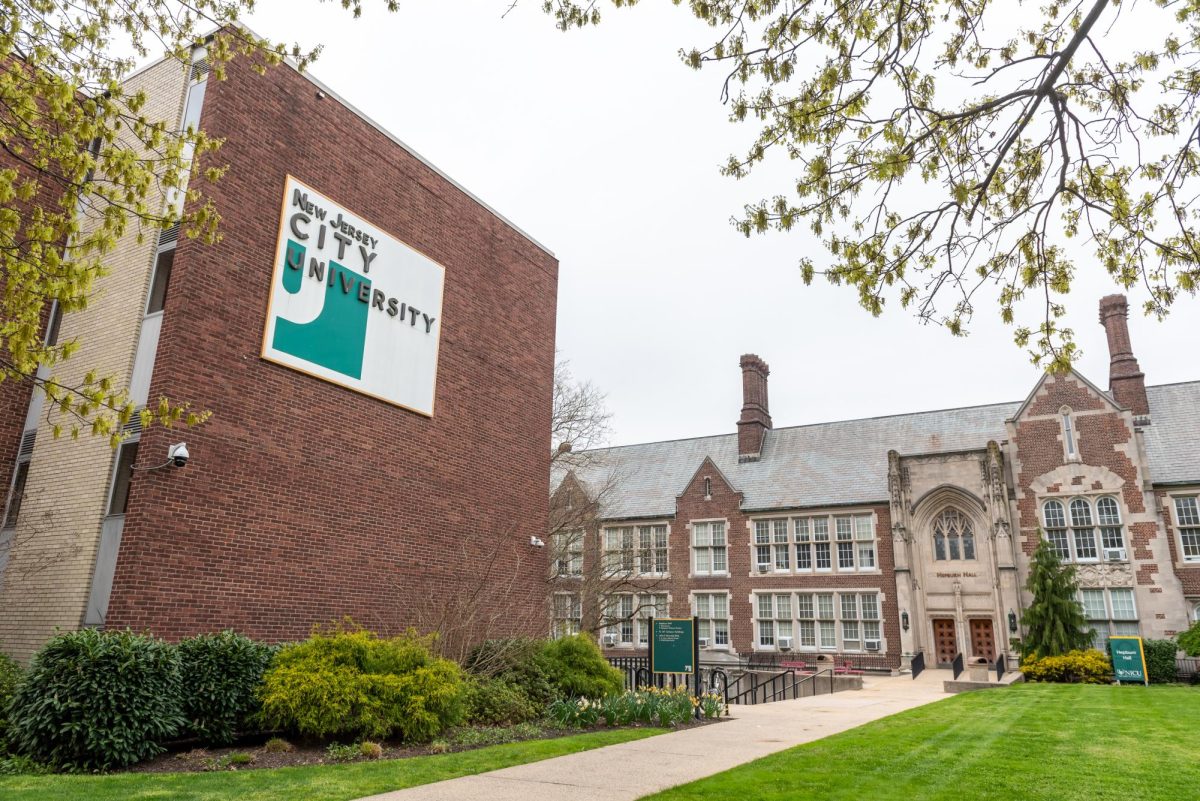
By Monir Khilla—
New Jersey City University (NJCU) has seen a decline in graduate enrollment since 2006, affecting the university’s overall enrollment and budget. With competition from Saint Peter’s College – soon to be Saint Peter’s University – NJCU is aggressively pursuing many venues to increase its graduate enrollment.
The trend isn’t unique to just NJCU. Other state sister-schools, such as Kean and William Paterson, have also seen a decline in graduate students.
In the Fall of 2007, NJCU had a total of 2,148 graduate students. By fall 2011 that number dropped to 1,690. The total enrollment for undergraduates and graduates has declined by 3.5 percent.
While the teacher’s union has been bracing for the armageddon of education, the university has calmly pointed at the numbers and revamped their recruiting.
Joanne Bruno, Vice President of Academic Affairs, pointed out that, “Although we are growing in our graduate programs in business and security, we’re not [growing] in education, they have taken a dip.”
It is this fact that seems to indicate where the problem in graduate enrollment is. NJCU has seen an increase in graduate students in the College of Professional Studies. The College of Education has been stagnant in graduate enrollment, directly affecting the College of Arts and Sciences. Many graduate students in education also specialize in other departments such as math, English, and Psychology.
While the College of Professional Studies has been thriving – in Spring 2011 the college exceeded their headcount goal by 130 percent – the College of Education and the College of Arts and Sciences both saw a 13 percent average shortfall in their goals.
Furthermore, the -3.5 percent decline is a misrepresentation. NJCU has actually increased their undergraduate students from 6,172 in Fall 2006 to 6,656 in Fall 2011. The -3.5 percent decline is solely due to the graduate shortfall – specifically in the College of Education.
NJCU also offers a teacher certificate program for anyone with a Bachelor’s degree called New Pathways to Teaching in New Jersey (NPTNJ). Started in 2003, the program would give students a Certificate of Eligibility (CE) in education in 15 credits instead of having to go through the trouble of getting a Master’s. The credits would also count towards a Master’s degree, if the student does pursue it. However, the program has also seen a heavy decline in students.
So what is the University doing in order to remedy the situation?
“What the university hasn’t done is put significant money into marketing NJCU. We should be marketing our [graduate] programs,” said Bruno.
The University Advancement department is shifting to the web to save costs in print and billboard expenses.

Dr. William Bajor, Acting Director of Graduate Studies and Continuing Education, also said that, “Growing our education department will help grow our other departments in bunches and groups.”
The College of Education overwhelmingly has more students than the other colleges.
The university also wants to work with departments at a greater level when it comes to recruiting.
“What we want to do is use the Graduate Office to support those efforts, to give them brochures to work with [University] Advancement, and give them the tools [they need],” said Bruno.
“We’re also going to other colleges that are not on our usual circuit, for example, we were recently at Bloomfield College and Caldwell College, those were ones that weren’t on our circuit,” said Bajor.
The College of Education will also be starting a Ed.D. (Doctor of Education) program in Summer 2013 in order to help recruit more graduate students.
Despite the drop in graduate students in the College of Education, Bruno said that, “The degree is a niche market because the degree is a leadership program in educational technology for the private sector, as well as, teachers.”
NJCU decided to also give out waivers for standardized graduate tests such as the GRE (Graduate Record Exam) and GMAT (Graduate Management Admissions Test). The waiver program is specifically for Master’s and certificates, not for doctorates or the Diploma program in Psychology. By receiving a waiver, graduate students wouldn’t take the graduate level standardized tests, but would have to provide a transcript that meets the standard of the department they are trying to get into.
Since the waiver program began in November of 2011, “Many students in the pipeline who were in the process were able to continue their graduate degrees. When we did this, we saw so many people matriculated into the program.” said Bruno.
The program has been helpful towards older students who are continuing education and
who have been successful, but didn’t want to take a GRE at their age.
“Enrollment in the spring was greater than the fall and that’s something positive, because historically fall enrollments are typically bigger. We saw a greater increase in that window and in the end, we did receive more applications. Those taking advantage of this small window were also current/active students,” said Bajor.
Despite the hard work by administrators and departments, the university will also need help from its students.
“You are our best ambassadors. You sell the image we’re working hard to do, when you get a face with what we say, it means more,” said Bruno.
According to Bruno, “NJCU is recognized as an unknown gem. When people come on this campus, they fall in love with it. They’re impressed by the students, administrators, the staff, the campus, and the faculty.”
NJCU also boasts a Maya Lin sculpture. The artist, who also created the Vietnam memorial in Washington, D.C., created a sculpture at NJCU. The sculpture is a circle with the word “Art” in the 50 plus languages represented at NJCU.
NJCU is also increasing their outreach to the NJCU campus community. According to Bajor, “The first place to start recruiting is working with our graduating seniors and that’s working with the Registrar.”
Bajor also wants to work with the Alumni office, as well, when it comes to outreach.
According to Bajor, the big key to attracting students is streamlining the process.
“We were losing students who just wanted to take one or two courses here, because they had to do the whole application. The people in the graduate office have always been friendly, it’s just the process may not have been as friendly.”
Saint Peter’s College has recently been trying to court Hudson County Community College (HCCC) students into going there instead of NJCU.
According to Bruno, though, “We have some amazing articulated programs with HCCC. Through our S.T.E.M. Grant, we’re hiring our very own NJCU person housed at HCCC who will help their students transfer to NJCU.”
NJCU has been working ceaselessly and tirelessly in recruiting and retention, a big indicator is the increase in undergraduate enrollment. While the issue with the graduate enrollment is being dealt with head on by administrators, there is room for students to join in.
Through the many different attempts to attract students to campus, Bajor ultimately admits that, “Our most creative ideas come from students who come into our office.”







